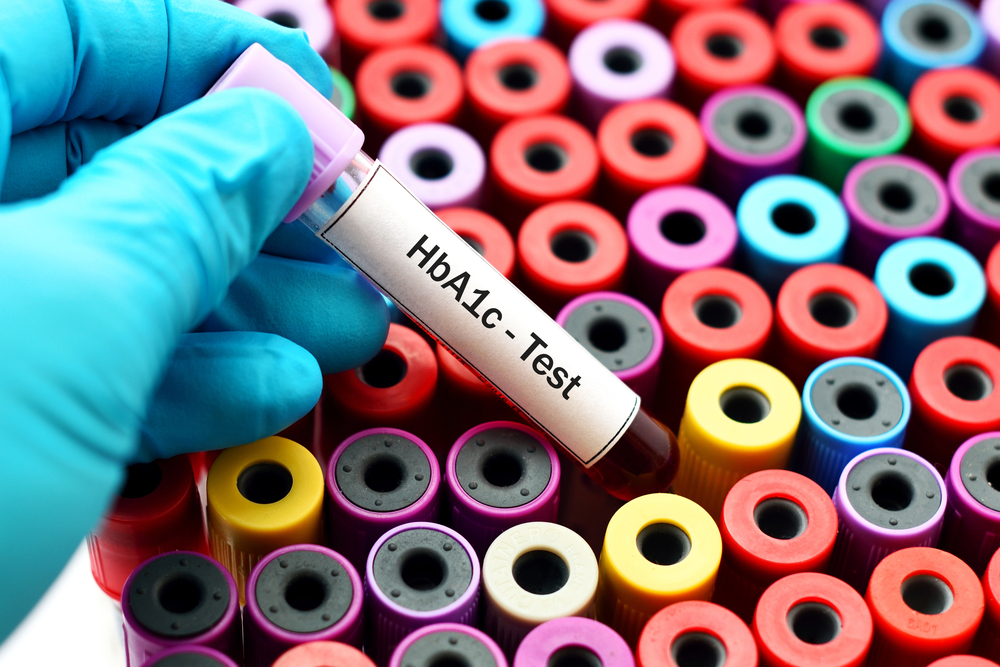Diabetic Eye Diseases

What are the different types of diabetic eye diseases?
1. Diabetic Retinopathy
Diabetic retinopathy is one of the most common diabetic eye problems. It affects the retina, i.e., the light-sensitive tissue at the back of the eye. It happens when high blood sugar levels cause damage to blood vessels in the retina.
In the early stages, the blood vessels may leak, leading to swelling and blurry vision. Over time, the condition worsens, causing abnormal blood vessels to grow and leading to severe vision loss if left untreated.
There are two major types of diabetic retinopathy:
- Non-proliferative retinopathy is an early stage of the disease, characterized by fluid leakage or bleeding from retinal blood vessels.
- Proliferative retinopathy, on the other hand, is an advanced form of the disease. It occurs when blood vessels in the retina disappear and are replaced by fragile new vessels that bleed easily. This condition can even lead to a sudden loss of vision.
Symptoms of diabetic retinopathy
At first, it may not show any symptoms, but as the disease progresses, the following symptoms may appear:
- Dark or floating spots
- Double or blurry vision
- Flashing lights
- Blank spots in your vision
- Pain or pressure in one or both eyes
Diagnosis of diabetic retinopathy
A doctor may recommend any of the following tests for the diagnosis of diabetic retinopathy:
- Pupil dilation
- Ophthalmoscopy
- Fluorescein angiography
- Optical coherence tomography
Treatment for diabetic retinopathy
Timely treatment before the retina is completely damaged can protect one’s vision. However, the treatment for diabetic retinopathy depends on the symptoms and the age. The treatment includes:
- Laser surgery
- Vitrectomy
- Injections
2. Diabetic Macular Edema
DME, or diabetic macular edema, is another significant eye complication that can occur in individuals with diabetes, especially in patients already dealing with diabetic retinopathy. It affects the macula, the central part of the retina responsible for detailed and sharp vision.
When a person has diabetic retinopathy, the blood vessels present in the retina can weaken and leak fluid. This fluid can accumulate in the macula, causing it to swell or thicken. As a result, the macula’s function is compromised, leading to distorted or blurry central vision.
Symptoms of diabetic macular edema
You must visit an ophthalmologist if you have any of the following symptoms:
- Double vision
- Blurry vision
- Floating spots
- Colours appearing dull
- Partial or complete vision loss
Diagnosis of diabetic macular edema
Besides an eye examination, the doctor may conduct the following tests to diagnose DME:
- Fluorescein angiography
- Optical coherence tomography
Treatment for diabetic macular edema
Once the ophthalmologist has diagnosed the diabetes eye disease as DME, they will recommend the following treatment:
- Laser treatment
- Anti-VEGF therapy
- Intravitreal corticosteroid therapy
Depending on the severity of the disease (mild, moderate, or severe), the treatment will be administered.
3. Diabetic Cataract
A cataract is a condition where the eye’s lens becomes cloudy, leading to vision impairment. Though common in older individuals, cataracts can also develop in young diabetic patients. In fact, diabetes can accelerate cataract formation.
Symptoms of diabetic cataract
The main signs of diabetic cataracts are:
- Blurry vision
- Yellowing of your vision
- Seeing a circle of light around the lights
- Spots in your vision
- Sensitivity from glare lights makes driving difficult at night
Diagnosis of diabetic cataract
As soon as a person exhibits symptoms of diabetic cataracts, tests for the presence of cataracts are done. After a complete eye examination and evaluation of past medical history, the patient is asked to undergo:
- Visual acuity test
- Retinal tests
- Slit-lamp examination
- Glare testing
- Pupil dilation test
Treatment for diabetic cataract
Generally, the recommended course of action to treat diabetes cataracts is surgery, wherein the original lens is replaced with an artificial one. Your ophthalmologist will assess whether diabetic cataract surgery is necessary for your specific condition.
4. Glaucoma
It’s an eye condition that occurs when the pressure inside the eye becomes excessively high, damaging the optic nerve. The optic nerve transmits information from the eye to the brain, which allows us to see. Glaucoma can affect both people with and without diabetes. However, the risk of developing glaucoma is twice as high among diabetic patients.
Symptoms of glaucoma
You may experience the following symptoms:
- Sharp pain headaches
- Blurry vision
- Seeing a halo around lights
- Blind spots in peripheral vision
Diagnosis of glaucoma
Apart from an eye examination, your doctor will evaluate your:
- Cornea thickness
- Optic nerve
- Eye pressure
- Peripheral vision
Even if a patient isn’t affected by these severe diabetic eye diseases, diabetes can still affect their eyes. For instance, blurry vision in people with diabetes is a common occurrence. If the blood sugar levels change rapidly, it can affect the shape of the lens, leading to blurred vision. Apart from that, diabetes can also impair the nerves that control eye movements, causing double vision.
Importance of diabetes eye care
Diabetic eye problems are a serious concern for people living with diabetes. However, regular eye examinations and good diabetes management can significantly reduce the risk of complications like diabetic retinopathy and cataracts. Taking preventive measures and seeking early treatment go a long way in preserving eye health care.
Note: The above content is for informational or educational purposes only. Doctor consultation is recommended before booking tests.














